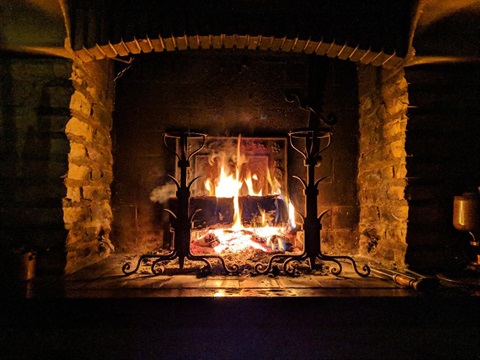Air pollution

How to deal with air pollution from backyard burning and wood heaters
Using wood heaters correctly can prevent negative impacts on neighbours and air quality.
The
NSW EPA has resources to help wood heater owners properly use and operate their heaters.
If you are affected by air pollution such as smoke or odours from backyard burning or wood heaters, try talking to your neighbours about the issue first. The NSW EPA website has education materials to assist with this conversation.
If that does not work, you can seek mediation and conflict management services from a
Community Justice Centre. These centres provide free, confidential, impartial, accessible and voluntary services.
How we can help
Council has the authority to issue smoke abatement notices if excessive smoke is being or has been emitted from a chimney on residential premises. Council's enforcement actions will be guided by its Enforcement Policy and associated guidelines.
Agricultural practices
The Clean Air Regulation is a legal framework that grants approval for certain activities, such as agricultural burning operations, while also mandating that those conducting these operations take all practicable measures to minimise or prevent air pollution.
This includes considering factors like wind direction and weather conditions, to ensure that the potential for smoke to impact others is minimised.
If you have concerns about air pollution resulting from agricultural burning, you can try reaching out to your neighbours to address the issue directly, or contact CaneGrowers on (02) 6683 4205 for further advice.
You can also report air pollution to the NSW EPA Pollution Line at 131 555.